Allspice isn't actually a blend of spices despite its name—it's a single spice made from dried berries of the Pimenta dioica tree. This complete guide explains what allspice really is, how to use it in everyday cooking (not just holiday recipes), the best substitutes when you're out, and how to store it properly to keep it fresh for years. No more confusion about this versatile kitchen staple.
What Is Allspice? The Simple Answer
- Allspice is one spice, not a blend—it comes from dried berries of the Pimenta dioica tree native to Central America and the Caribbean.
- It earned its name because it tastes like a combination of cinnamon, nutmeg, and cloves—three common baking spices.
- Key fact: Allspice works in both sweet AND savory dishes year-round, not just during holidays.

How to Use Allspice in Everyday Cooking
Forget waiting for holiday baking—these practical applications work in your weekly meal rotation:
| Cooking Application | How Much to Use | Why It Works |
|---|---|---|
| Chili or Stews | ¼ tsp per pound of meat | Reduces perceived heat by 30% without adding spiciness |
| Marinades for Pork | ½ tsp per cup of liquid | Earthy notes enhance meat's natural umami |
| Chocolate Desserts | ⅛ tsp per cup of cocoa | Balances bitterness without extra sugar |
| Vinegar-based Pickles | 3-4 berries per pint jar | Adds warm notes without sweetness |
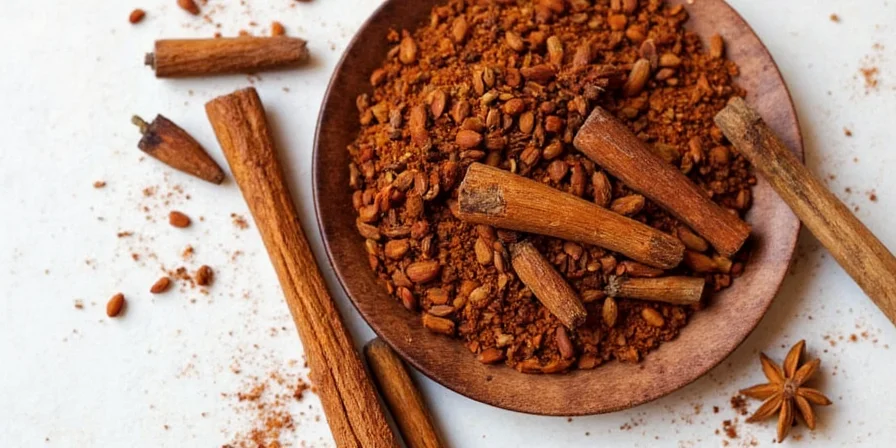
Allspice Substitutes: What to Use When You're Out
When you need an allspice replacement, these combinations work best for everyday cooking:
| Best Substitute | Ratio | Best For |
|---|---|---|
| Cinnamon + Cloves | ½ tsp cinnamon + ¼ tsp cloves | Baking recipes (cookies, cakes) |
| Nutmeg + Cinnamon | ½ tsp cinnamon + ⅛ tsp nutmeg | Savory dishes (stews, meats) |
| Pumpkin Pie Spice | ¾ tsp | Quick substitutions in baking |
When Substitutes Won't Work
For authentic Caribbean jerk seasoning or traditional pickling recipes, use real allspice. Substitutes create imbalance—clove-heavy blends overpower while nutmeg-dominant mixes lack proper preservation qualities.
Whole vs Ground Allspice: What Home Cooks Need to Know
For most home kitchens, this simple rule applies:
| Type | When to Use It | Storage Tip |
|---|---|---|
| Whole Berries | For rubs, pickling, or infusions | Keeps 3-4 years in cool, dark place |
| Ground Powder | For baking or quick sauces | Replace every 2-3 years for best flavor |
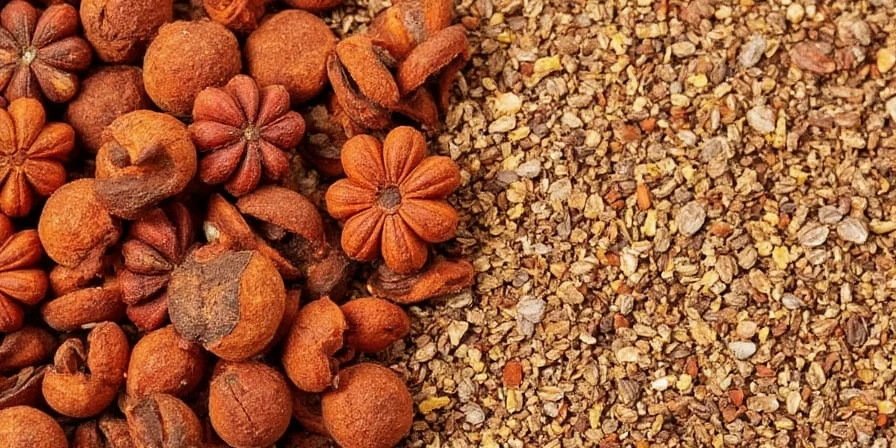
Proper Allspice Storage: How to Make It Last
- Container: Use dark glass or opaque containers—light degrades flavor in 6 months
- Location: Store away from stove (heat reduces shelf life by 50%)
- Moisture: Keep away from salt and other moisture-absorbing spices
- Test for freshness: Rub between fingers—if aroma is weak, replace it
Common Allspice Questions Answered
- What's the difference between allspice and five-spice powder?
- Allspice is a single spice from dried berries, while five-spice powder combines star anise, cloves, cinnamon, Sichuan pepper, and fennel. They're completely different spice blends.
- Can I use allspice in non-holiday recipes?
- Absolutely! Try adding ¼ tsp to chili, rub it on pork chops, or use in tomato-based sauces for extra depth.
- Why does my allspice taste bitter?
- Bitterness happens when ground too early—volatile oils oxidize within hours. Grind whole berries just before use.
- Is allspice safe for everyday cooking?
- Yes! It's commonly used in Jamaican, Mexican, and Middle Eastern cuisines. Use ¼-½ tsp per recipe for balanced flavor.
- How much allspice equals pumpkin pie spice?
- Use ¾ tsp pumpkin pie spice to replace 1 tsp allspice for similar flavor profile.
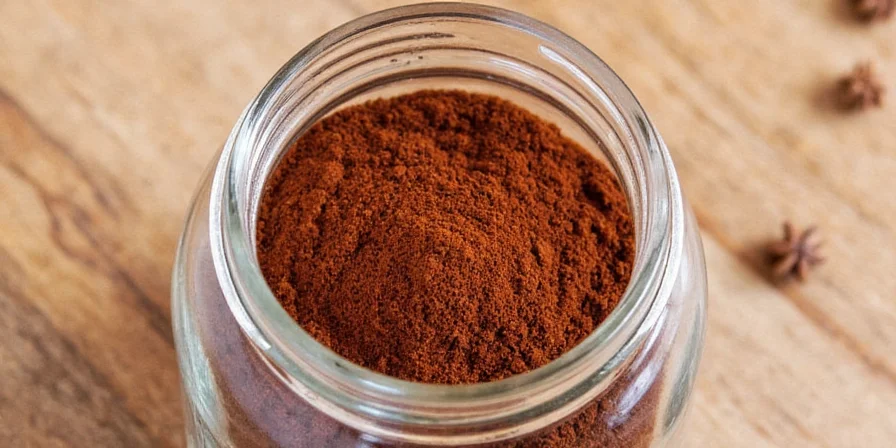
Simple Allspice Applications for Weeknight Meals
- Add ¼ tsp to your favorite chili recipe for balanced heat
- Make a quick pork rub: 1 tsp allspice + ½ tsp garlic powder + salt
- Stir into oatmeal with banana slices for warm flavor
- Enhance tomato sauces with ⅛ tsp for depth without sweetness
- Create simple pickling brine: 2 cups vinegar + ¼ cup sugar + 6 allspice berries
The Science Behind Why Allspice Works
Understanding allspice's chemistry explains why it works so well in everyday cooking:
| Compound | Flavor Effect | Everyday Application |
|---|---|---|
| Eugenol | Warm, clove-like | Balances chocolate bitterness in desserts |
| Cinnamaldehyde | Sweet, woody notes | Adds depth to tomato sauces without sweetness |
| Myristicin | Earthy, nutty flavor | Enhances meat's natural umami in marinades |
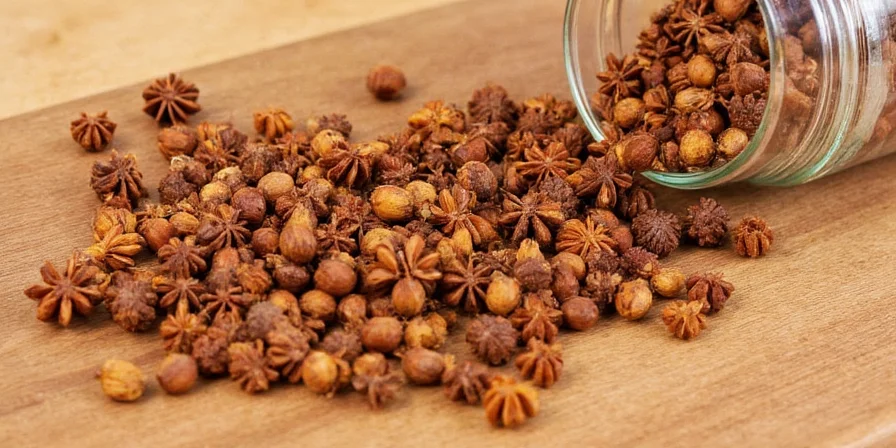
Final Tips for Using Allspice Like a Pro
- For rubs: Toast whole berries first for deeper flavor
- In baking: Pair with citrus zest for brighter flavor
- For drinks: Add 2-3 berries to mulled wine or cider
- Storage: Freeze ground allspice for long-term storage
- Test: Crush a berry between fingers—if aroma is strong, it's fresh


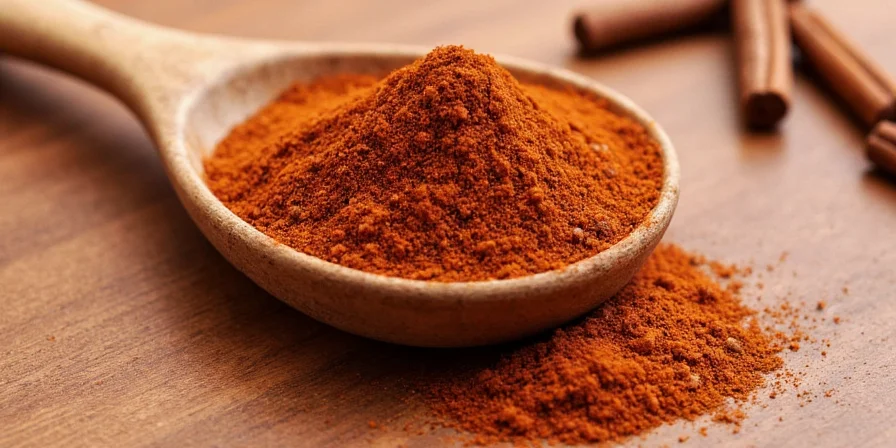









 浙公网安备
33010002000092号
浙公网安备
33010002000092号 浙B2-20120091-4
浙B2-20120091-4